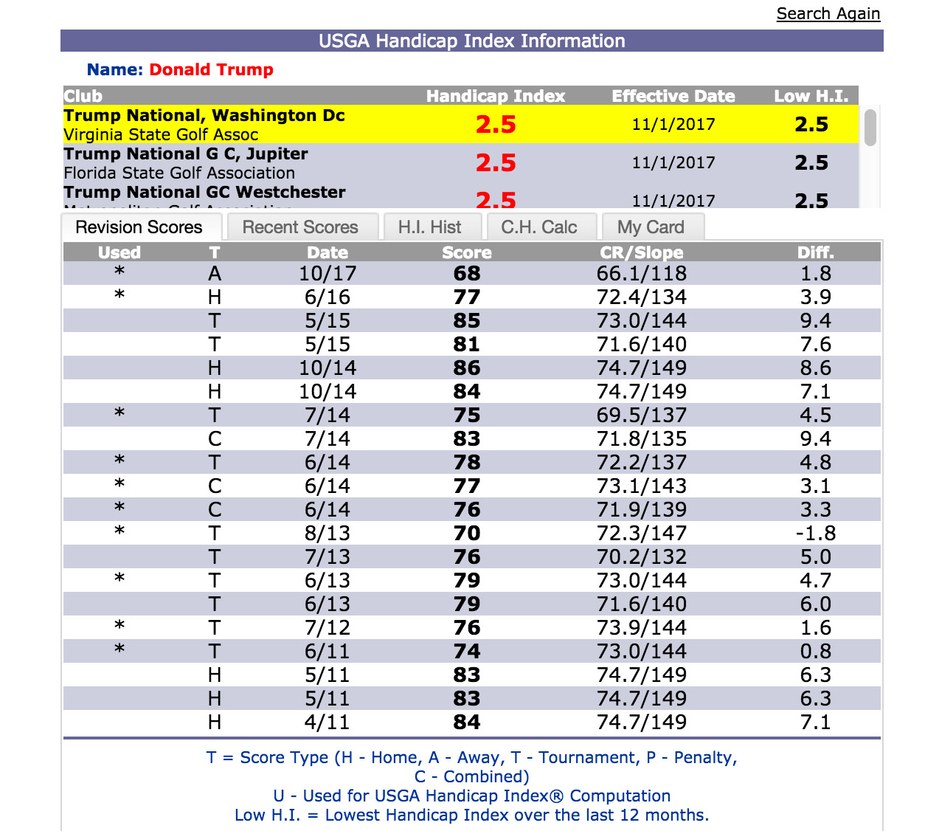About ten years ago, I wrote a piece on how to make the FedEx Cup more interesting and more fan friendly. That is, get rid of the point system and re-adjusting of the points that no one understood at that time or since.
No one listened.
Two years ago I had another go at it, with a more complicated but more fun way of paring down the list to the final 30-man tournament.
Again, no one listened.
So, here I go again, a voice of reason proposing a system that is so obvious and so simple that again, it is unlikely that anyone will listen.
Except you, my loyal readers.
Take the top 30 players on the year’s money list and there’s your field for the Tour Championship and the $15M prize. Best players for the year, one tournament, done.
The current points are handed out based on the order of finish in a tournament, which is the same way money is handed out. Points and money track each other closely, so why not take the obvious step and go with money, which everyone understands?
Since the FedEx Cup is a Tour championship, I would make two exceptions. Do not to include money won in major championships and WGC tournaments in the FedEx money rankings because those fields are not open to everyone with a Tour card. The major champions would get in, though.
Last week’s field was pretty much the top 30 money winners. There were only four exceptions (with money list rank on parentheses):
In – Abraham Ancer (32), Lucas Glover (36), Louis Oosthuizen (37), Jason Kokrak (44).
Out – Shane Lowry (20), Francesco Molinari (22), Tiger Woods, (24), Ryan Palmer (29).
The point system that we still don’t understand, and the two extra tournaments to get to the final 30 at a time of year when the guys are kind of tired of playing, served only to put four players into the Tour Championship in place of four others who had a better season.
And on top of that, two of the year’s major winners, Woods and Lowry, were excluded.
If the FedEx Cup is a season championship event, the participants should be selected purely on their season performance. They should not have to re-qualify. They already qualified.
Will the powers that be listen? I have the nagging suspicion that The Recreational Golfer flies unnoticed in the golfing skies.*
So next year they will tweak some more, get it wrong again, and say, “We are studying it and hope to do it better next year.”
But what the heck. This blog is about recreational golf. Every now and then, though, I have to rant when I see something so SIMPLE made so complicated.
*Where on earth did that metaphor come from?





